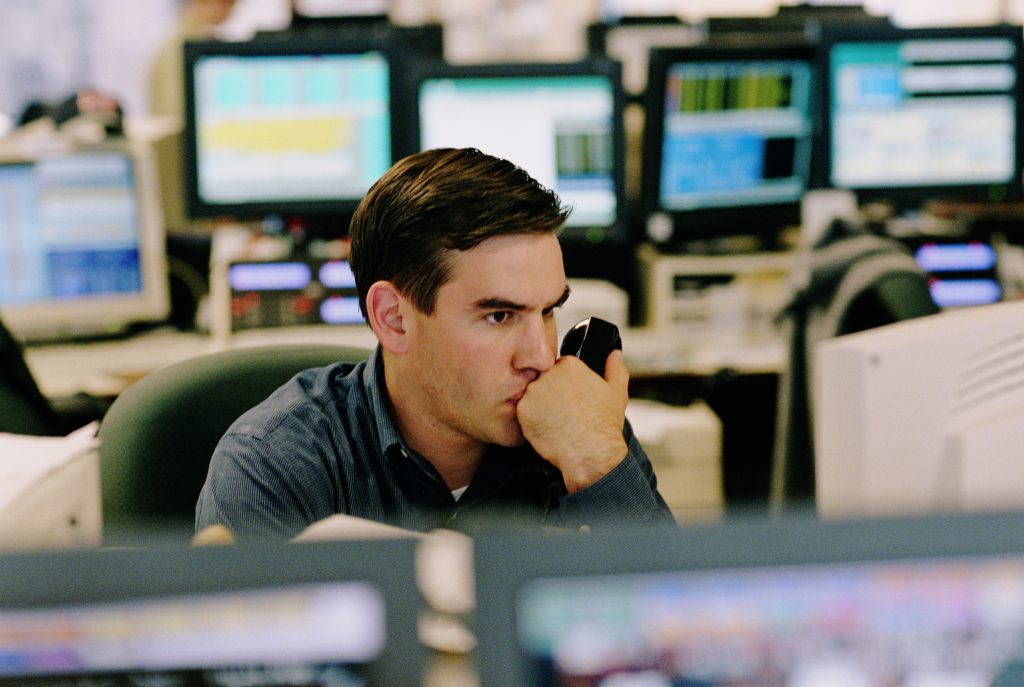Read our full Monthly Blueprint July 2018
Month In Review
On the face of it, June has not been an exciting month for risk assets. Developed market stocks ended the month roughly in the same place as they started it, while long bond yields were little changed. However, beginning and end figures mask not only volatility, but wider divergence across stocks and sectors. The month was plagued with investor scepticism. Every effort of stock markets to break on the upside was met with immediate correction, as traders worried increasingly over Mr. Trump’s trade spats, rising risks out of Europe, higher inflation, more hawkish central banks, as well as oil and dollar strength. UK stocks were virtually unchanged during June. Pound Sterling lost 0.6%-0.7% versus the Dollar and the Euro, augmenting returns in foreign currency assets. Overall, global stocks were unchanged during the month. Defensive sectors, consumer staples and utilities, were the best performers. Industrials, which face mounting price pressure and a deceleration of export orders, were the worst performers, followed by financials, which suffered from flattening yield curves. US stocks gained 0.6% (1.4% in GBP), following the end of a record-breaking earnings season (+24% earnings per share). European stocks lost 0.6% and Japanese stocks lost 0.8%, but a weaker Yen doubled the losses in Sterling. The UK 10 year Gilt yield ended the month at 1.28%, 5 basis points higher, while the US 10 year bond was virtually unchanged at 2.86%. Oil rose 10%, as the outage of a large oil sands facility in Canada weighed heavier than the OPEC deal to eventually increase production to meet Iranian oil shortfall.
Meanwhile, the global economy continued to diverge and decelerate. US growth is more robust, thanks to the President’s $1.5 billion stimulus plan. Conversely, the European economy has decelerated, as the previously stronger Euro and global trade concerns weighed on new orders.
Asset Allocation
June confirmed data indicating that the global economy has been diverging, with the US gaining traction and Europe losing steam.. Higher oil prices have resulted in cycle-high input cost rises for companies, while capacity constraints have given way to a softening in new orders as a constraint to growth. Inflation figures continued to climb, justifying recent central bank hawkishness, as employment conditions continued to improve across most developed economies.
Volatility subsided in June, but European politics and trade salvos from the White House continued to upset traders. Return dispersion persisted, with the US outperforming and Europe weaker on heightened risks .
Global equity valuations continue to hover slightly above historical averages but shorter term metrics do not signal heightened valuation risks. Investors are aware of the potential impact of political gridlock, especially as the US mid-term elections draw nearer, as well as a growing trend of protectionist and isolationist policies which could further hamstring global growth.
Given the extent of uncertainty surrounding Brexit we remain cautious on the UK, despite attractive valuations, as the overall economic picture continues to deteriorate. Aside from an underweight UK position, we have no strong geographic preferences, favouring large-caps.
At the January 2018 investment committee we decided to take some profits and reduce our equity overweight to “neutral”, acknowledging early that high valuations could lead to a correction, and increase our cash holding. In April, we decided to use half the exposure in cash to buy gold as a hedge against more volatility, while in June we did not proceed with any material changes.. We still believe that the cycle, for the time being, remains intact but it is showing signs of maturity.
Risks
Global economic performance has slowed, while inflation pressures have intensified. Markets are now mostly focused on risks stemming from protectionism and volatile European politics. Global debt levels continue to be alarming. Excess demand, which drove output in H2 last year and Q1 2018 appears to have subsided, leaving companies to work off their backlogs.
Central banks continue to tighten to tighten monetary conditions, ending the “Whatever It Takes” era, as inflationary pressures intensified. Fed Chair Jay Powell appears less inclined to confirm the “Fed Put” or the Fed’s willingness to cater to the global economy. Central banks in the UK and Europe are more hawkish, with the ECB confirming it will be ending QE at the end of the year and the UK primed for a summer rate hike.
In the US the main risk is a policy mistake, especially if rates increase and inflation fails to keep up. After H2 2019 when the effect of the stimulus is expected to expire, growth concerns could be renewed. Additionally, investors have yet to discover the true depth of recent tax reforms, which could put additional strains on the budget, with debt issuance expected to rise.
In the UK we have seen some of the impacts of Brexit in the form of slower growth, dented consumption and a slowdown in house prices. Inflation and house prices have stabilised but weakness could accelerate should businesses decide to go ahead with their Brexit contingency plans.
In Europe, there is renewed fears over the political fate of the EMU, after new governments in Italy and Spain seem set to challenge the dictums of EU institutions.
We feel that short-term systemic risks are mostly manageable and liquidity is still ample. However, there is now less probability of a pickup in private investment and capital expenditure supporting growth acceleration over the medium term, despite the economic stimulus in the US.


































